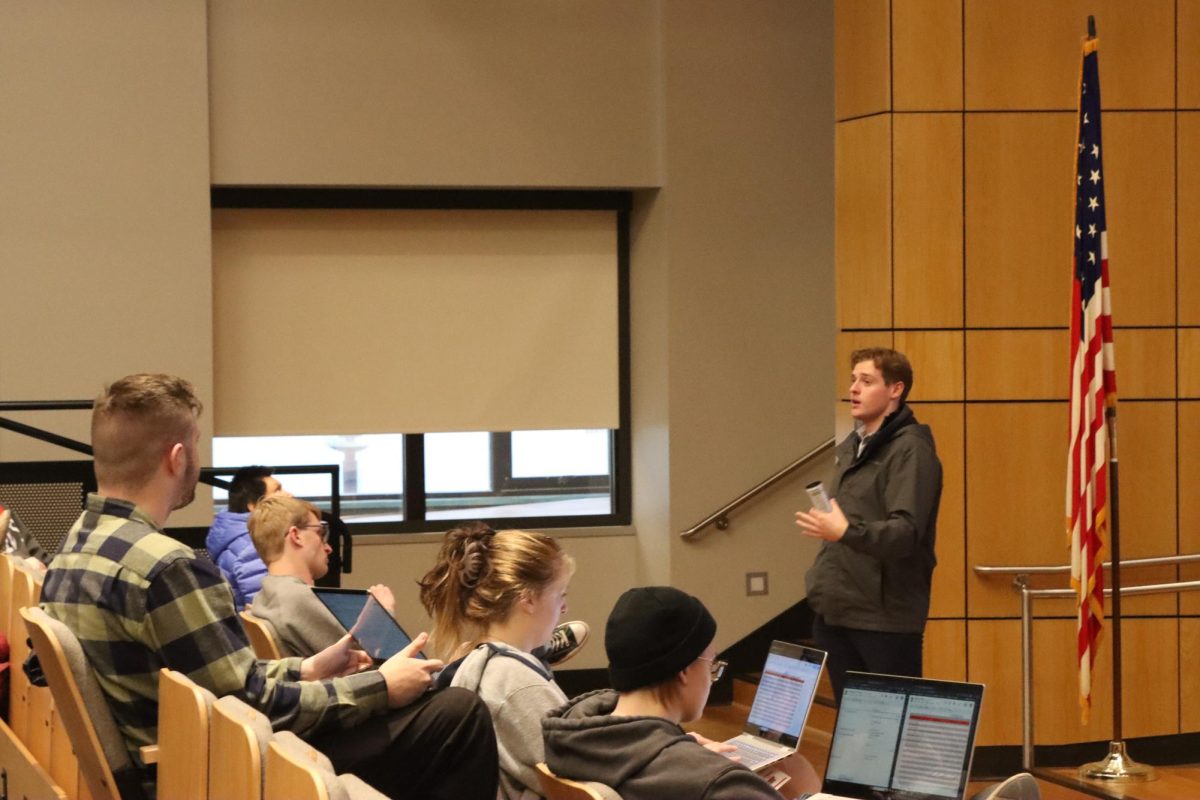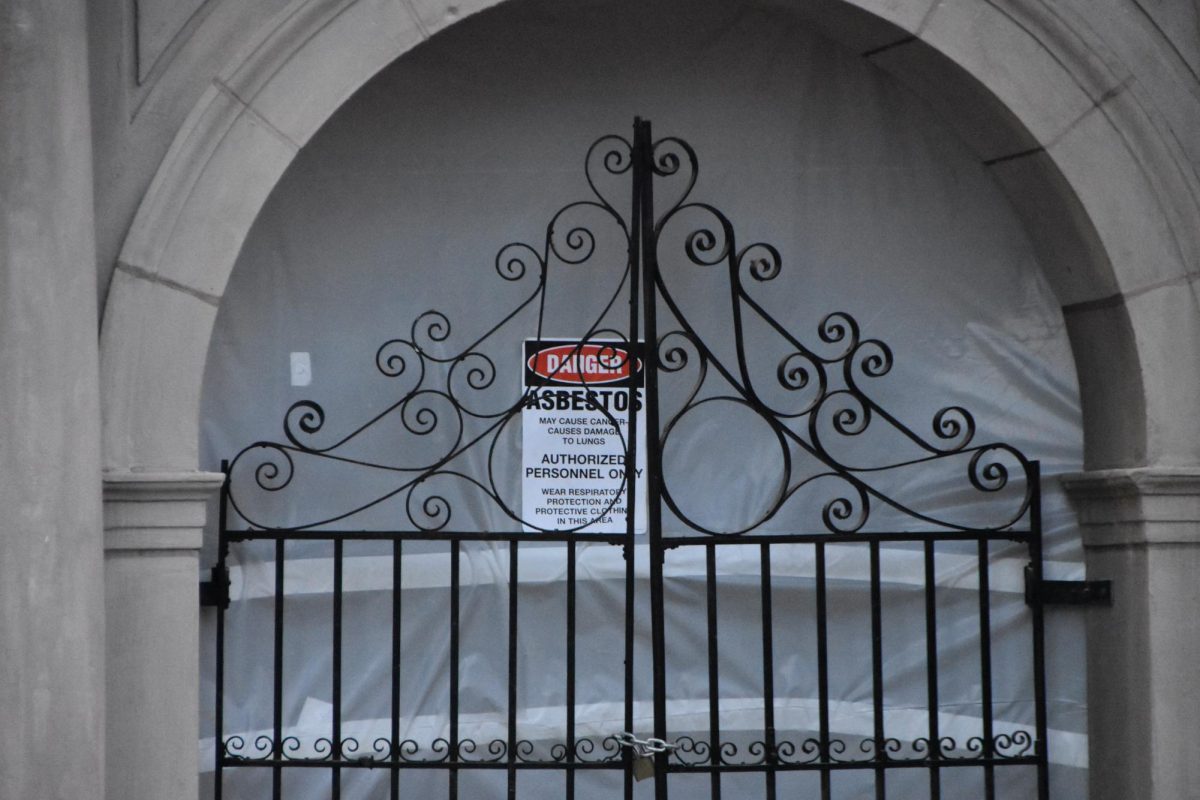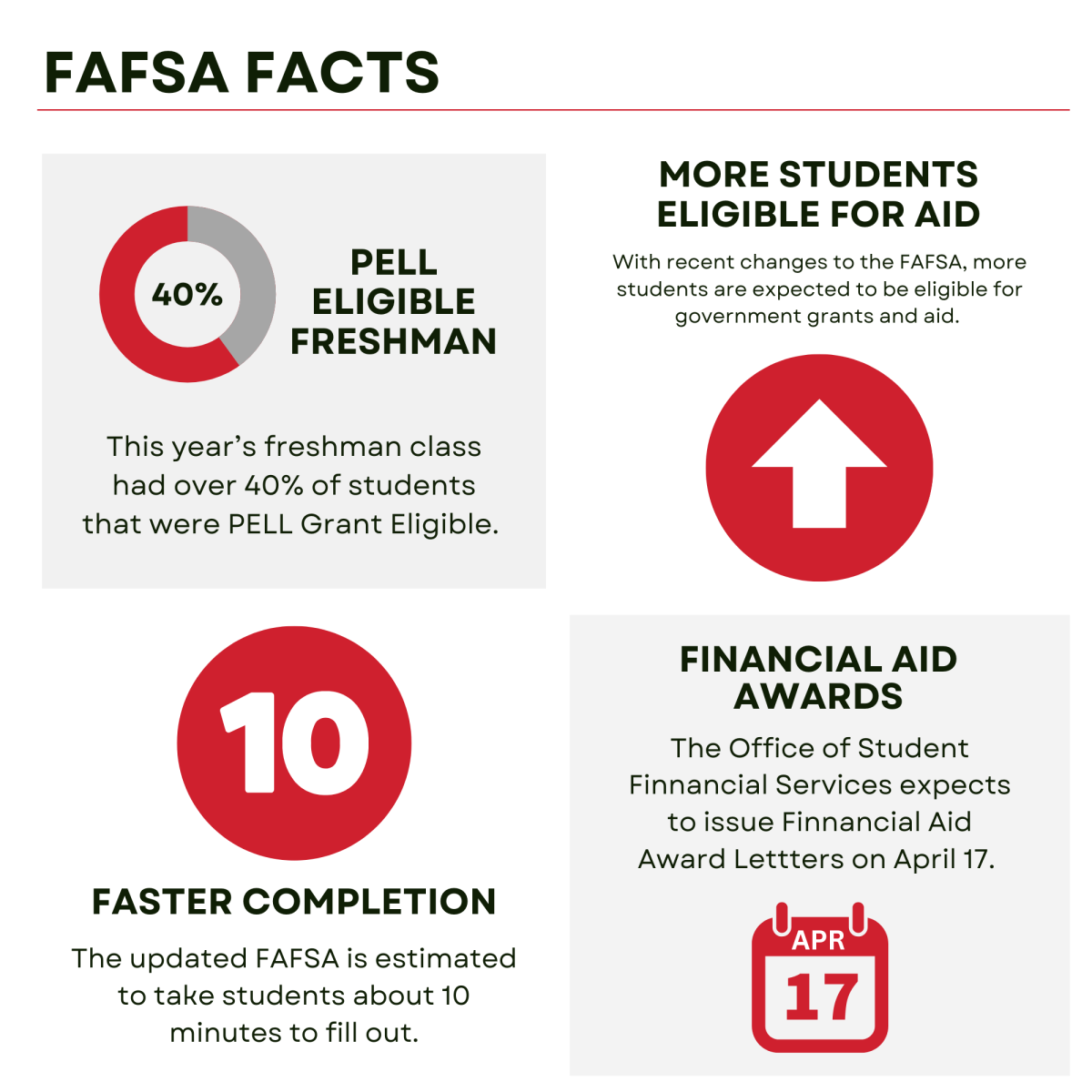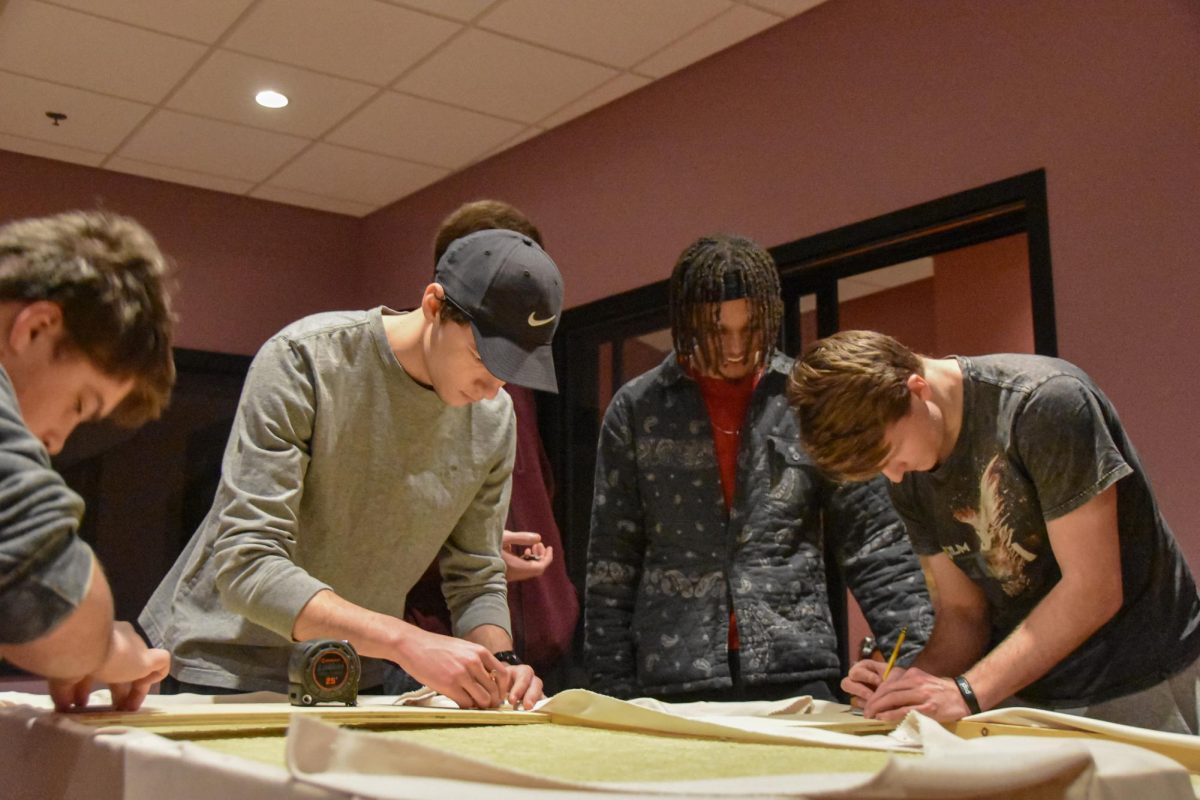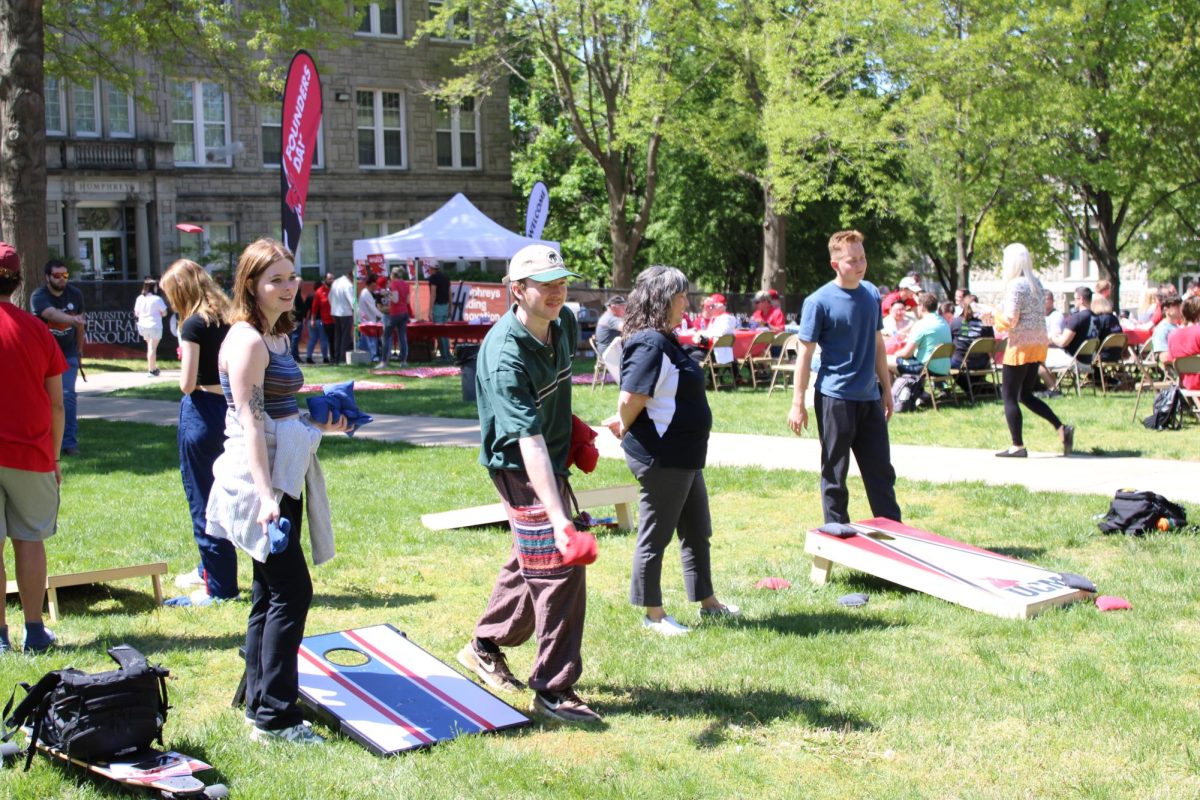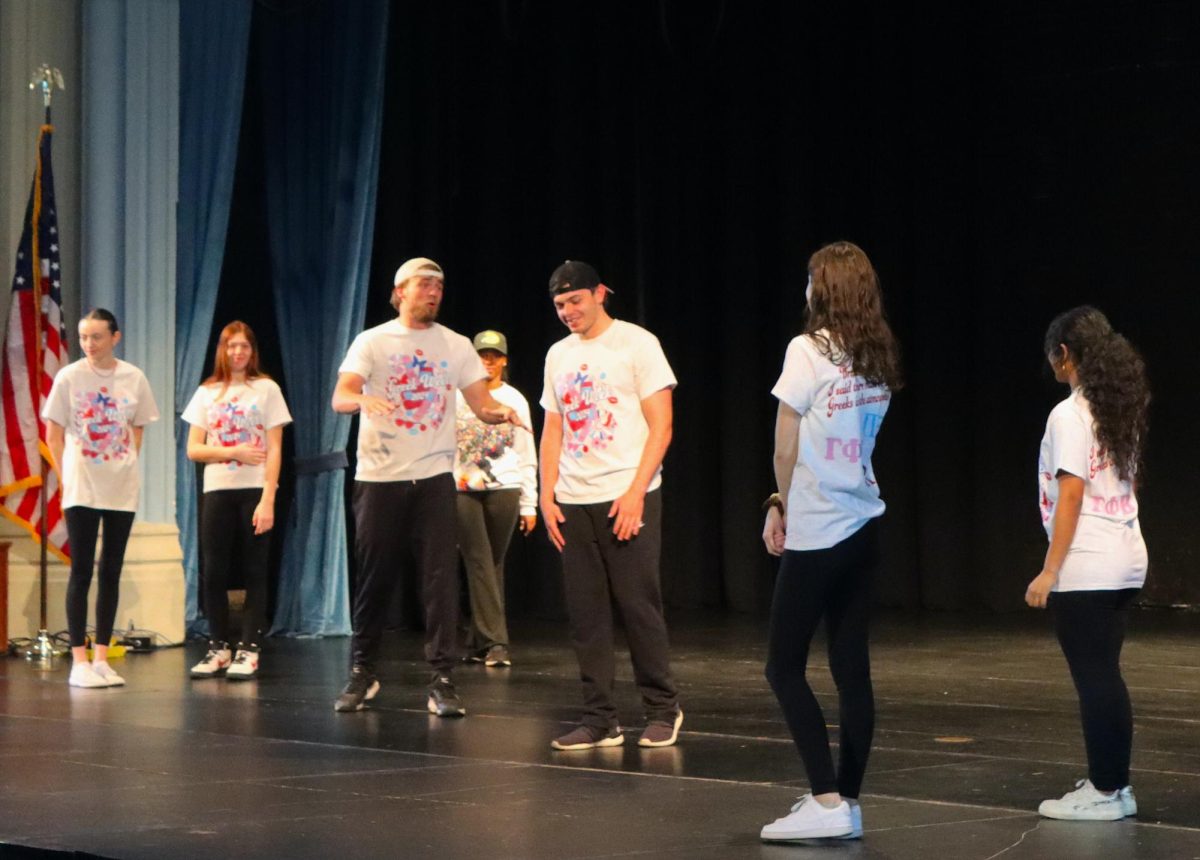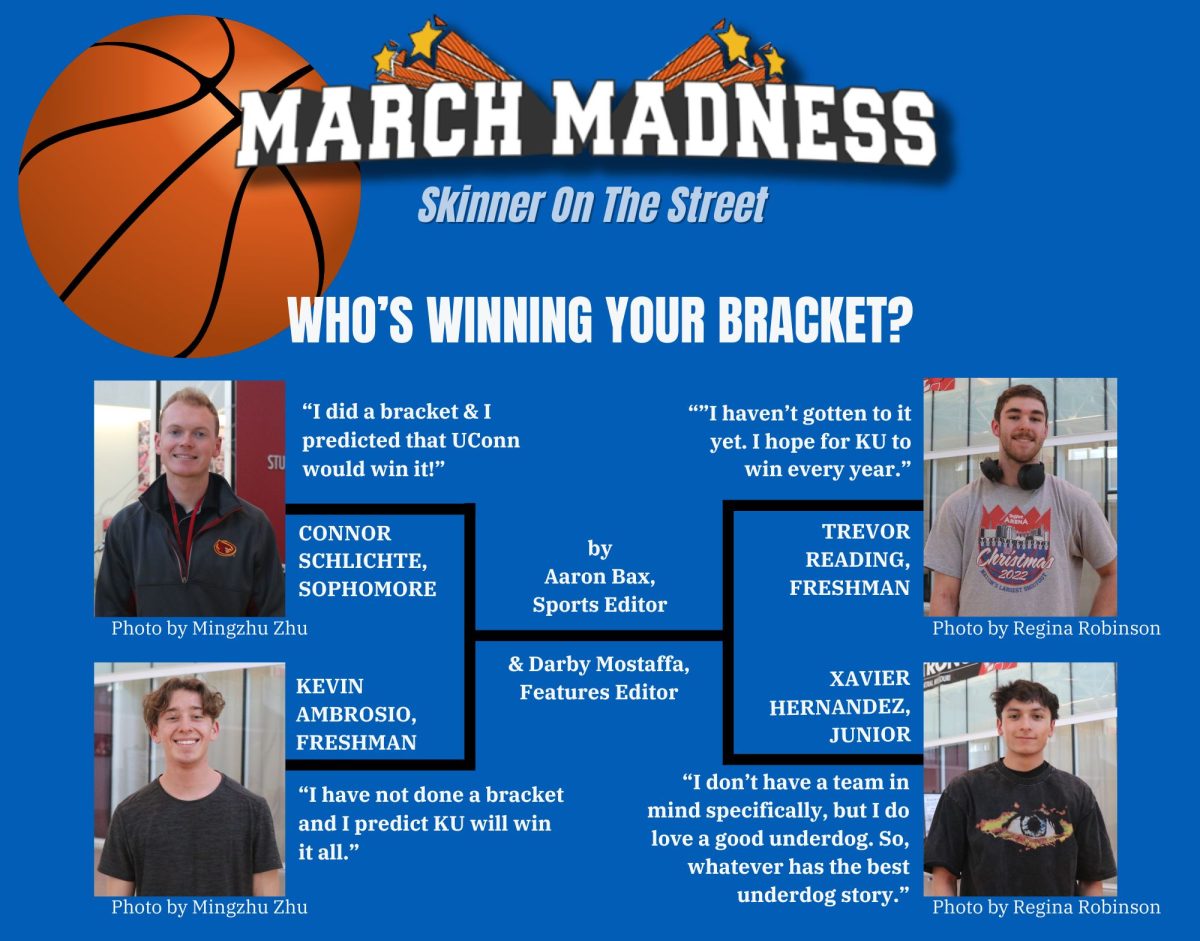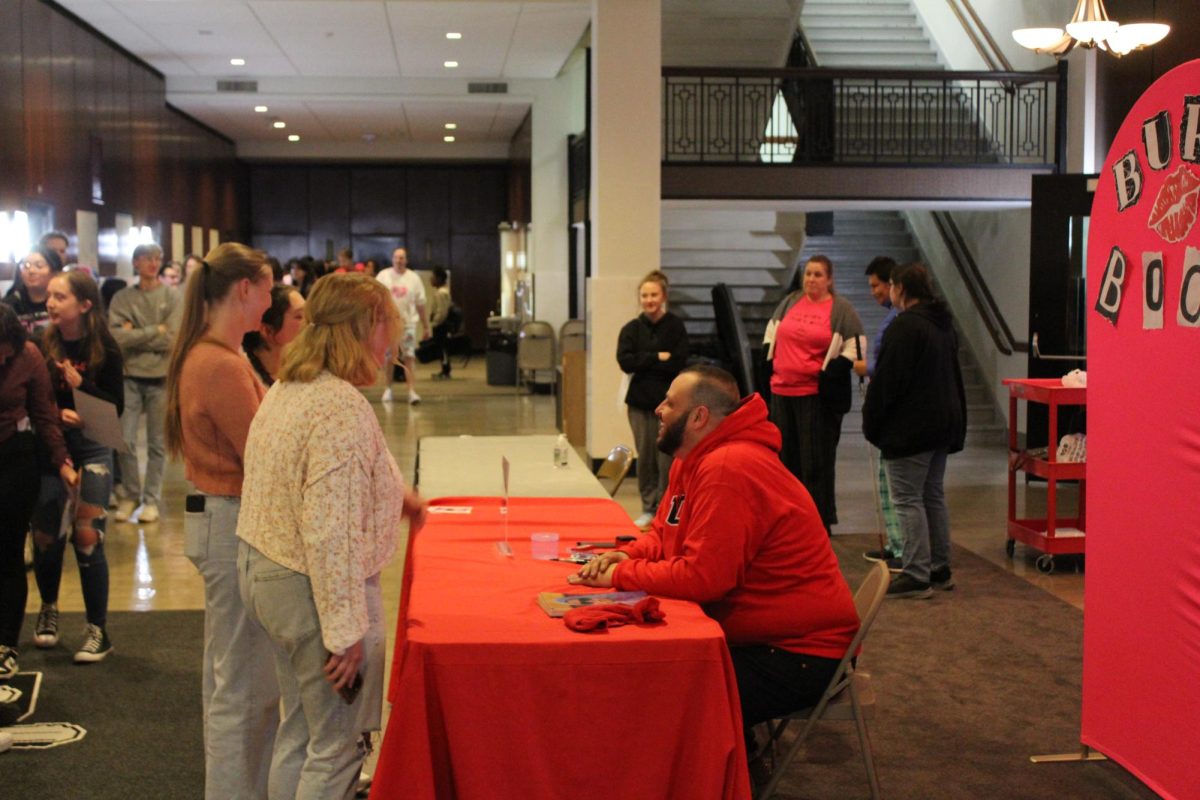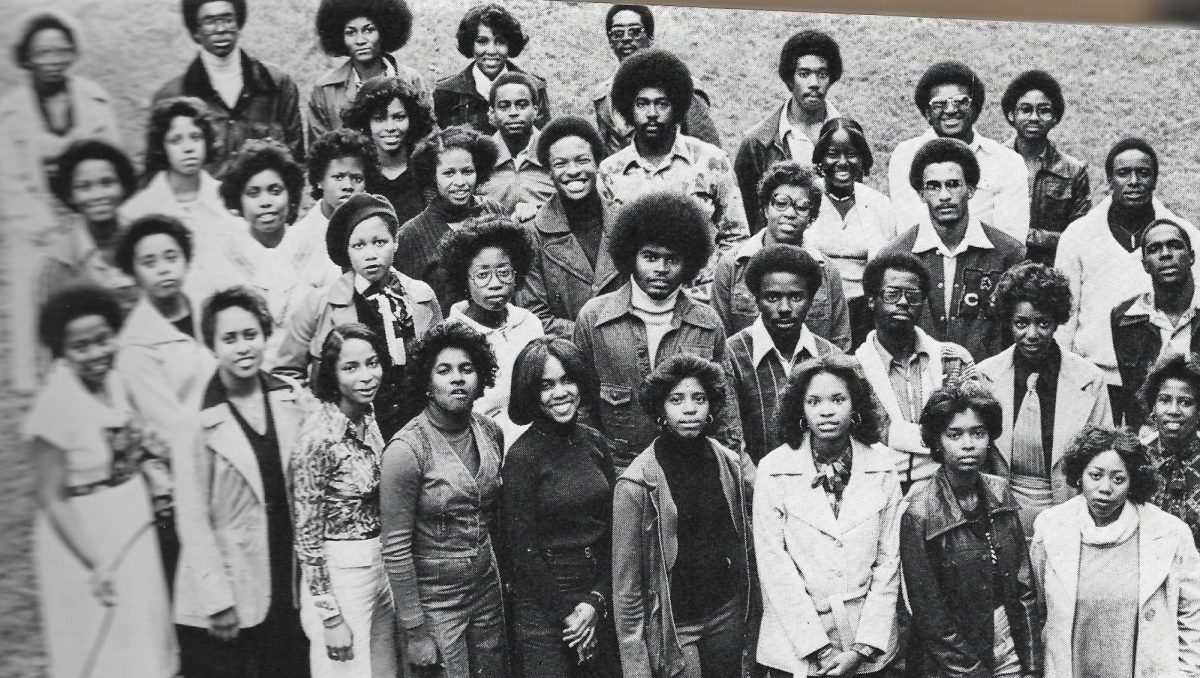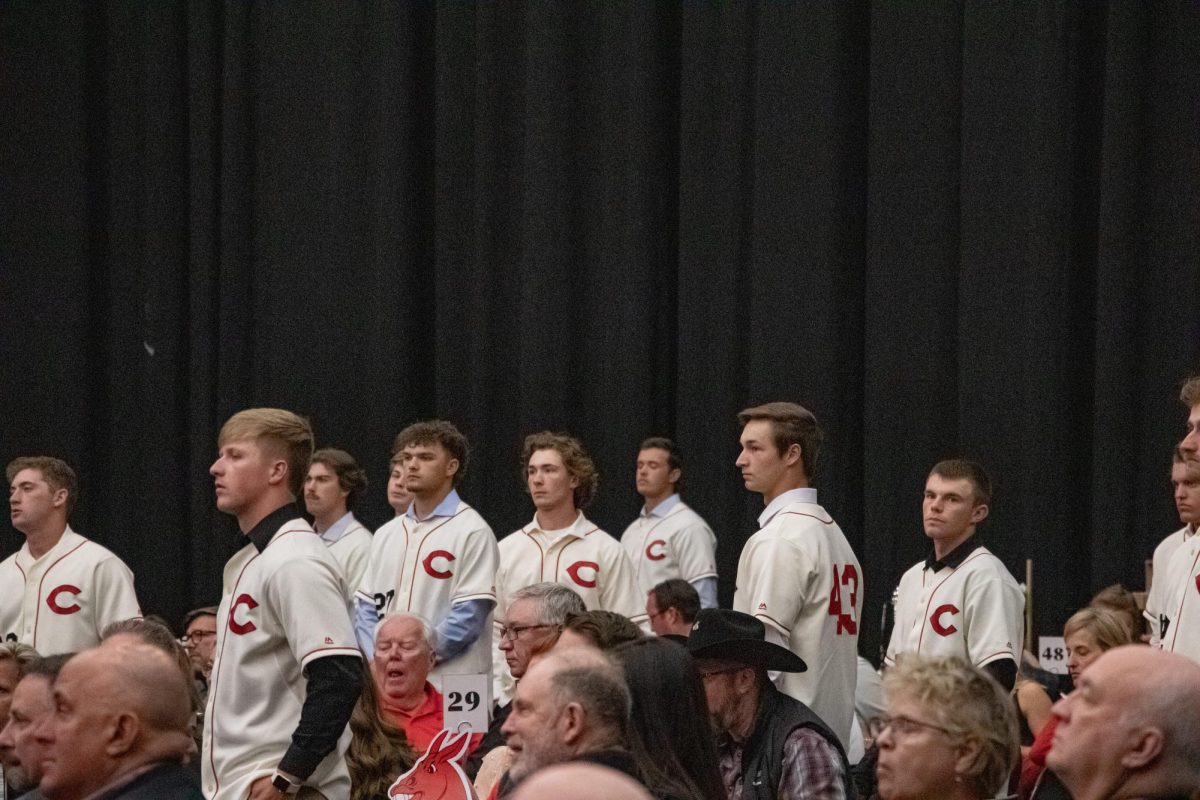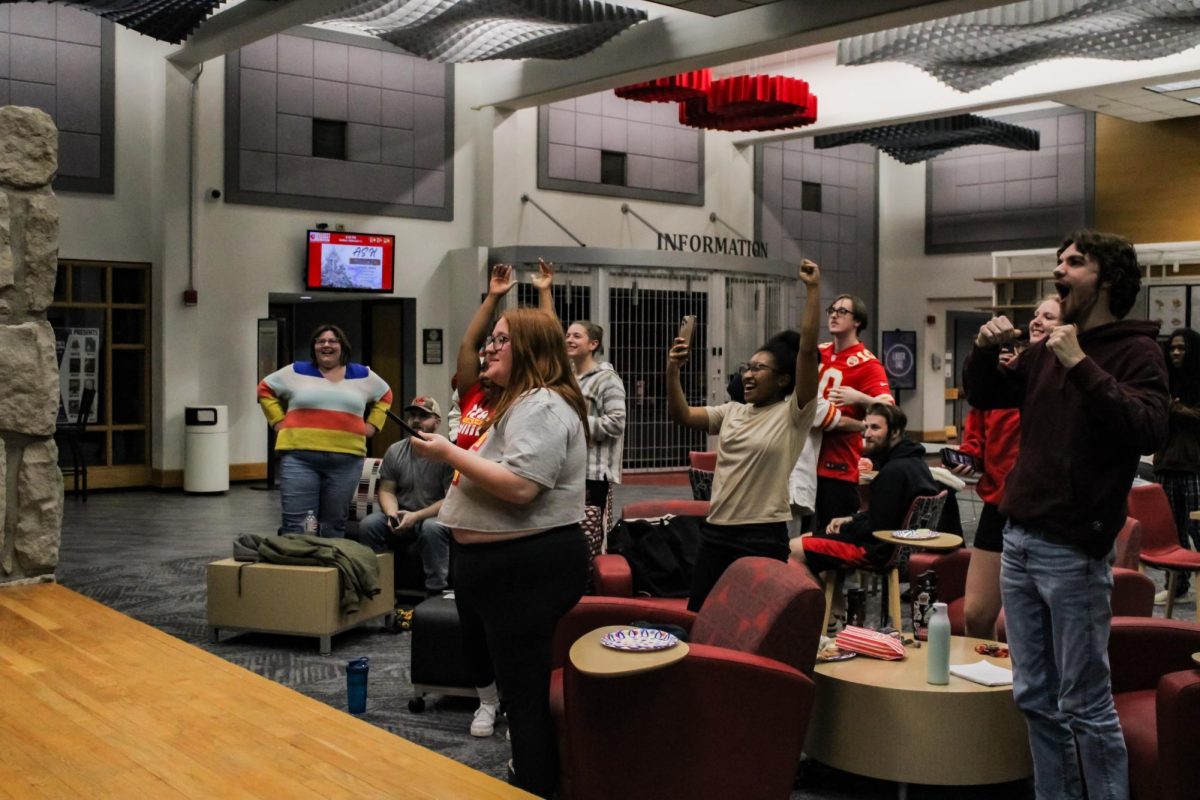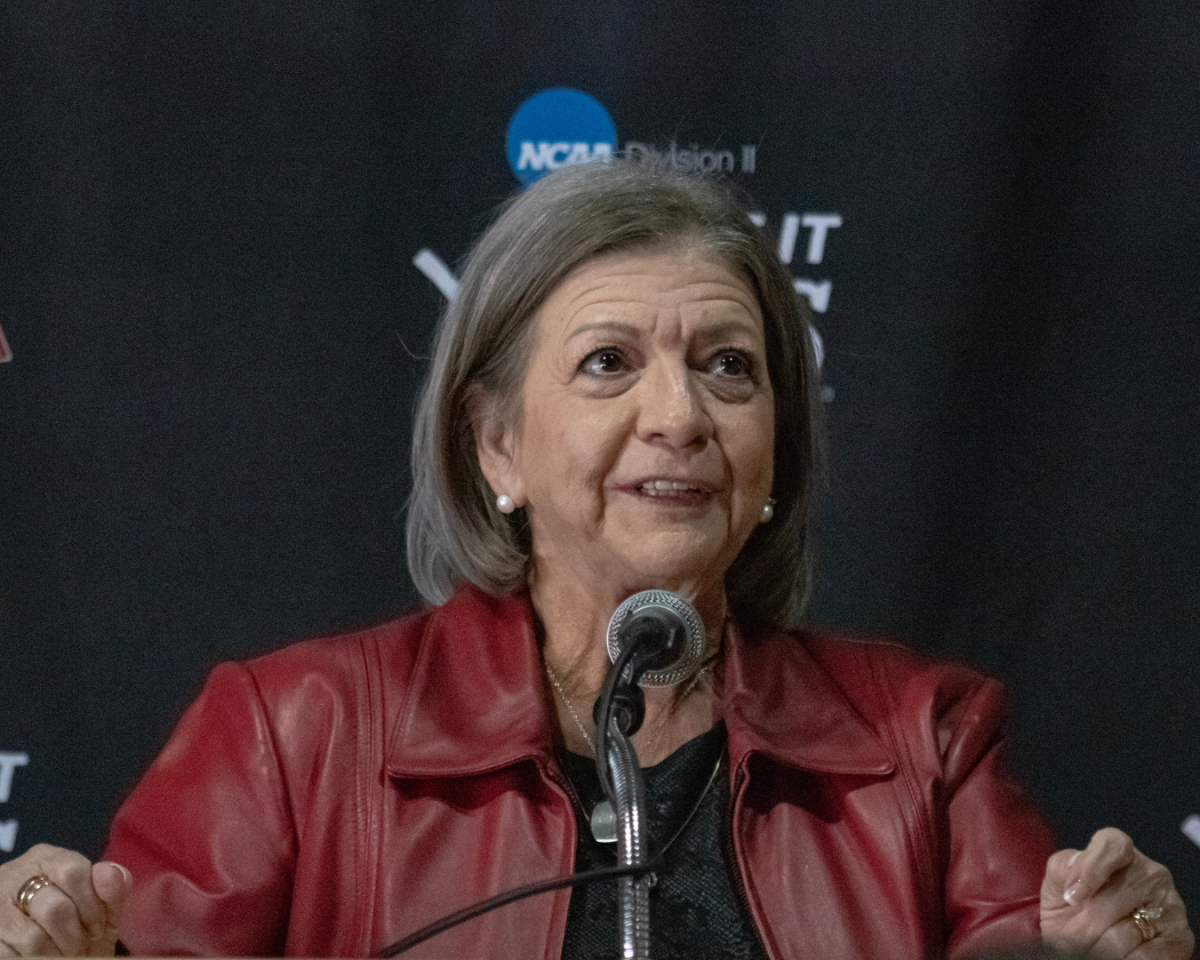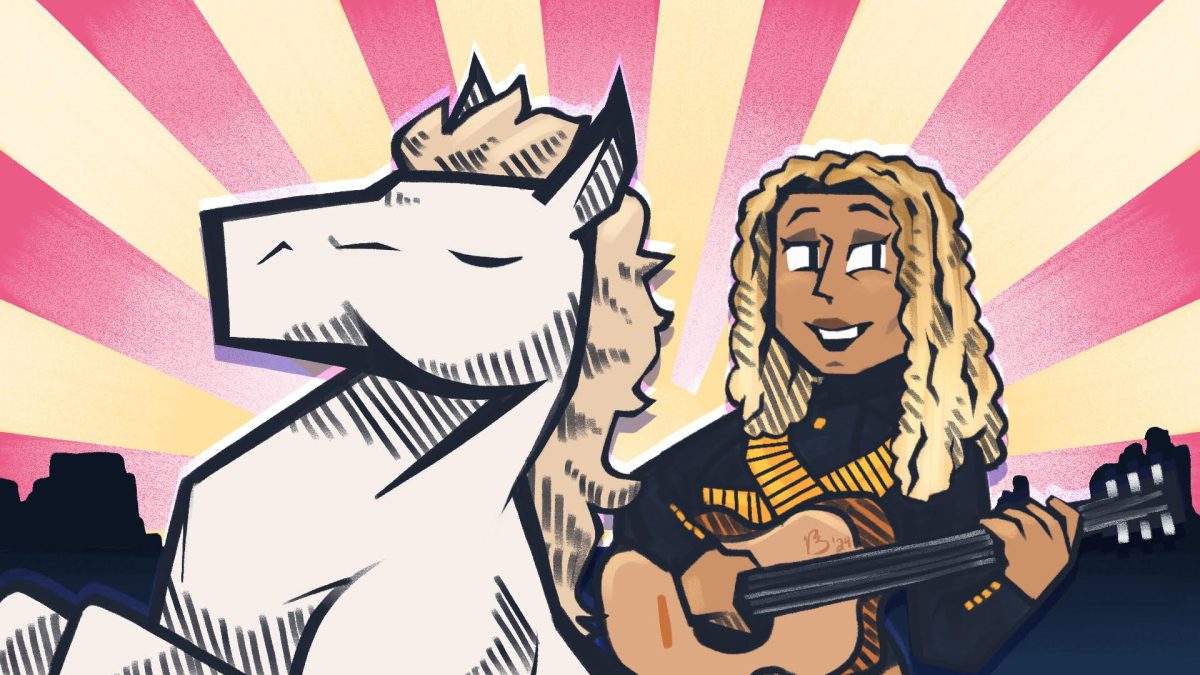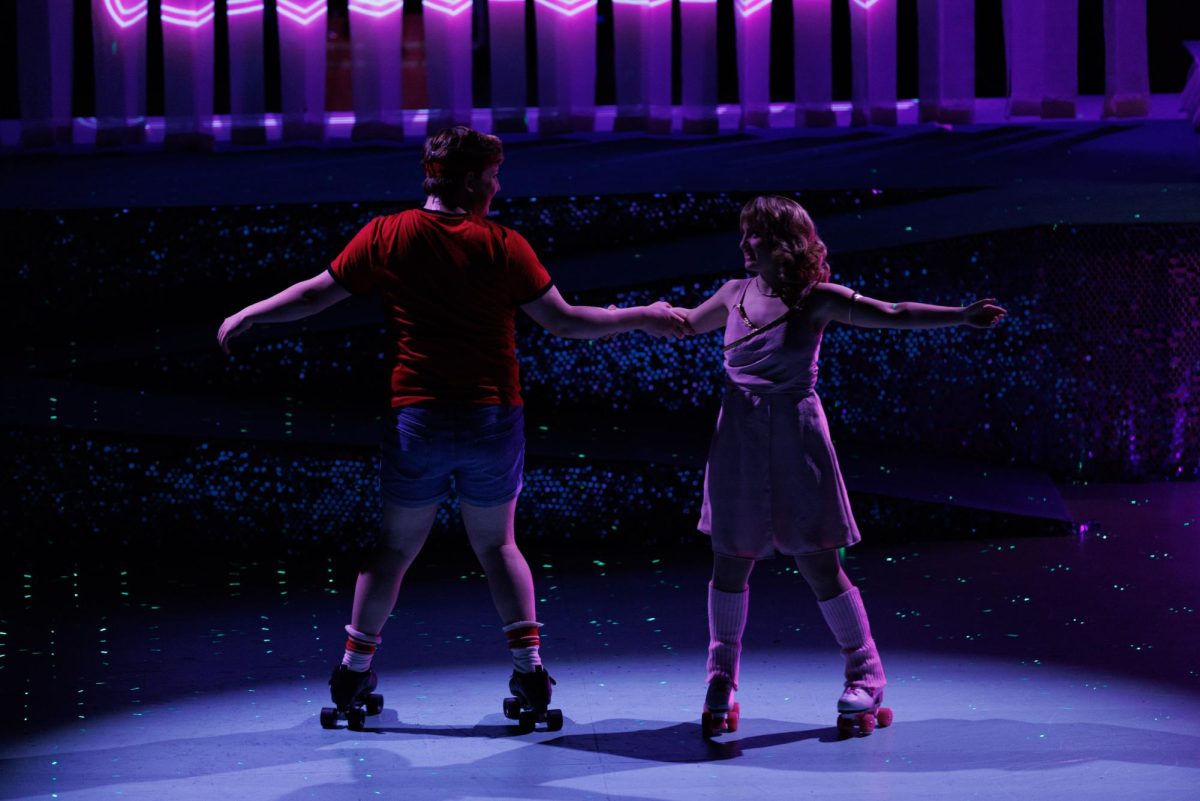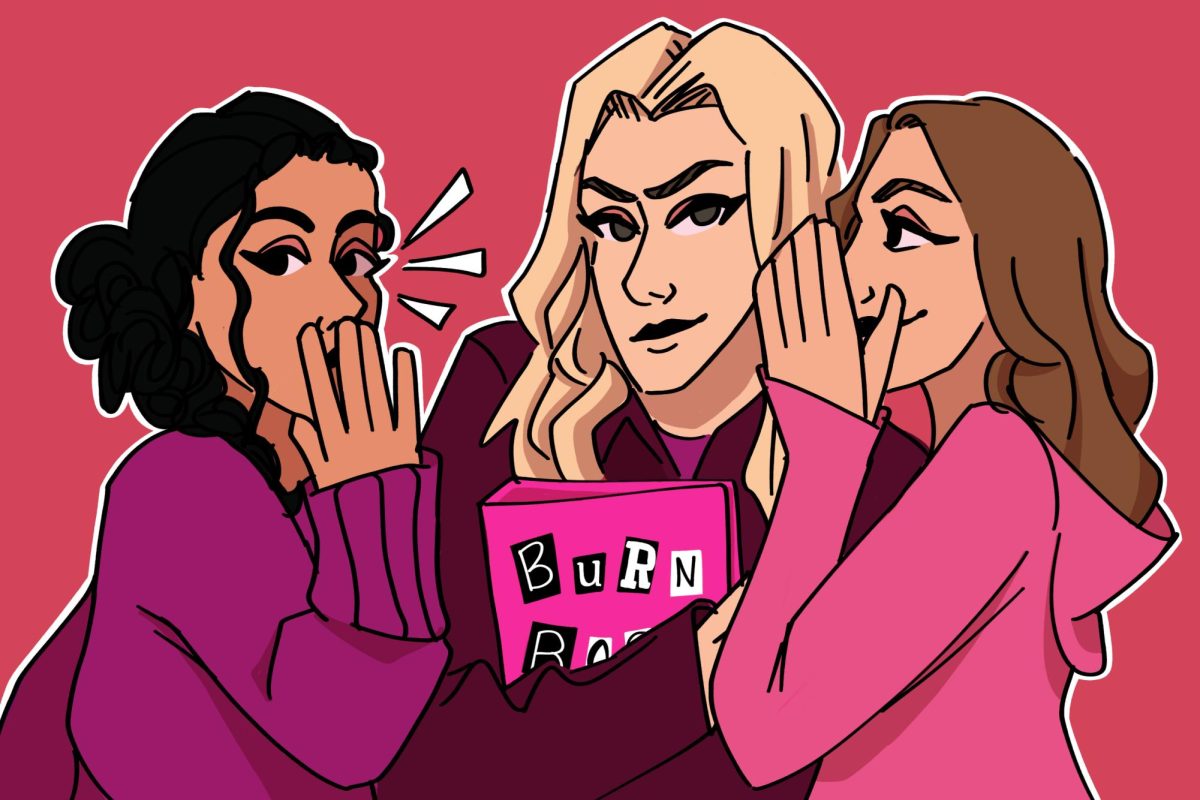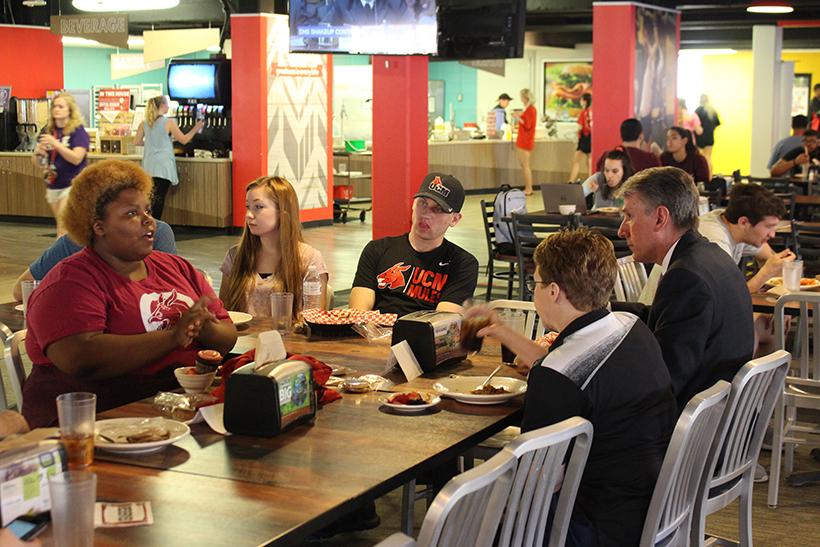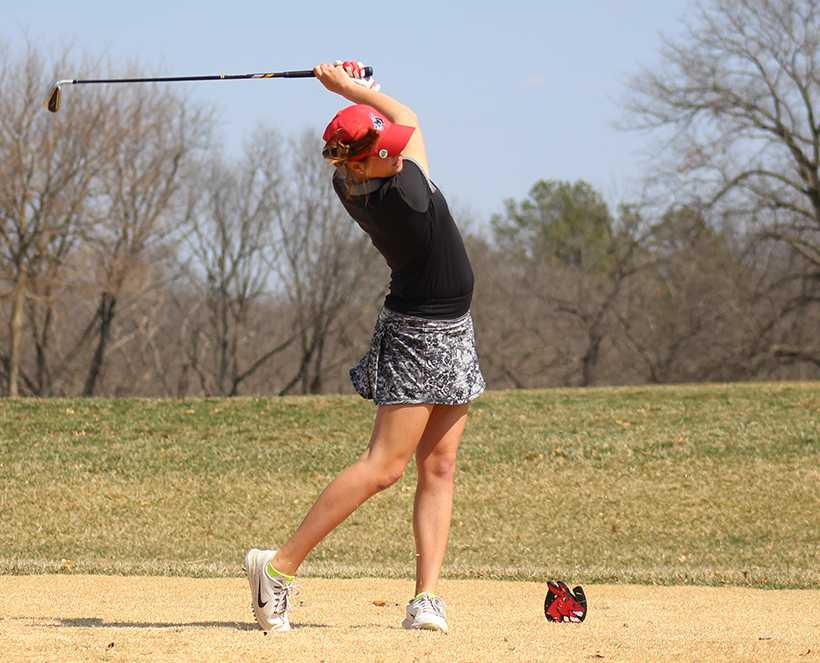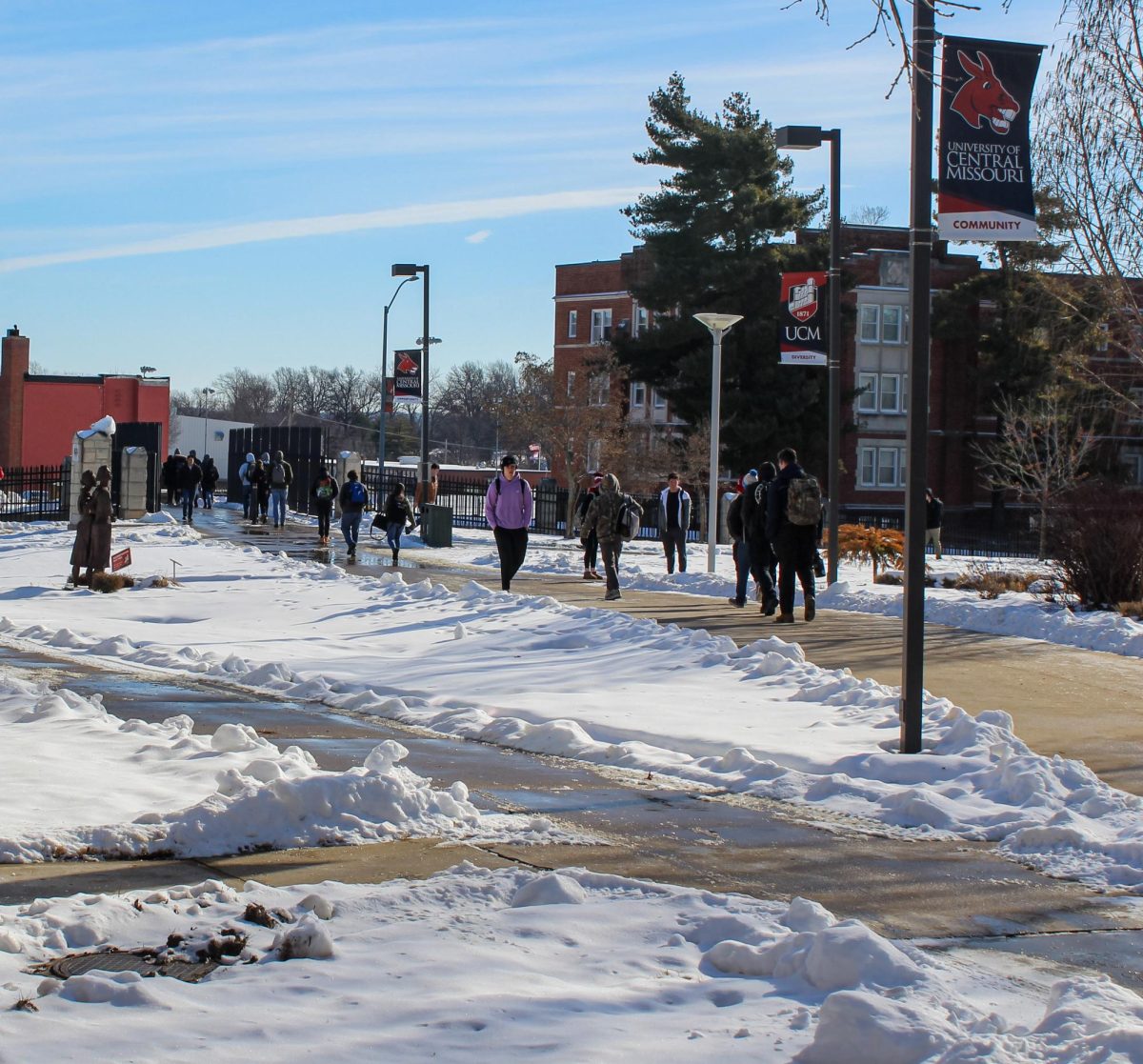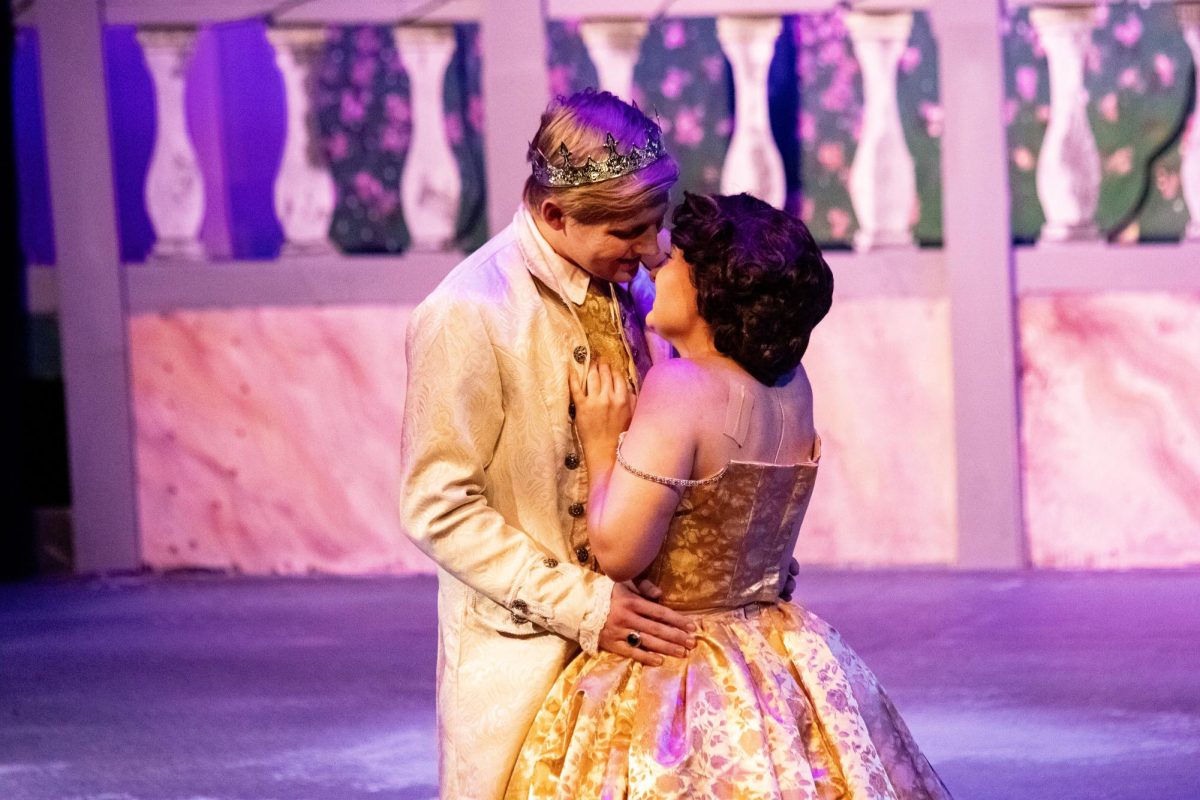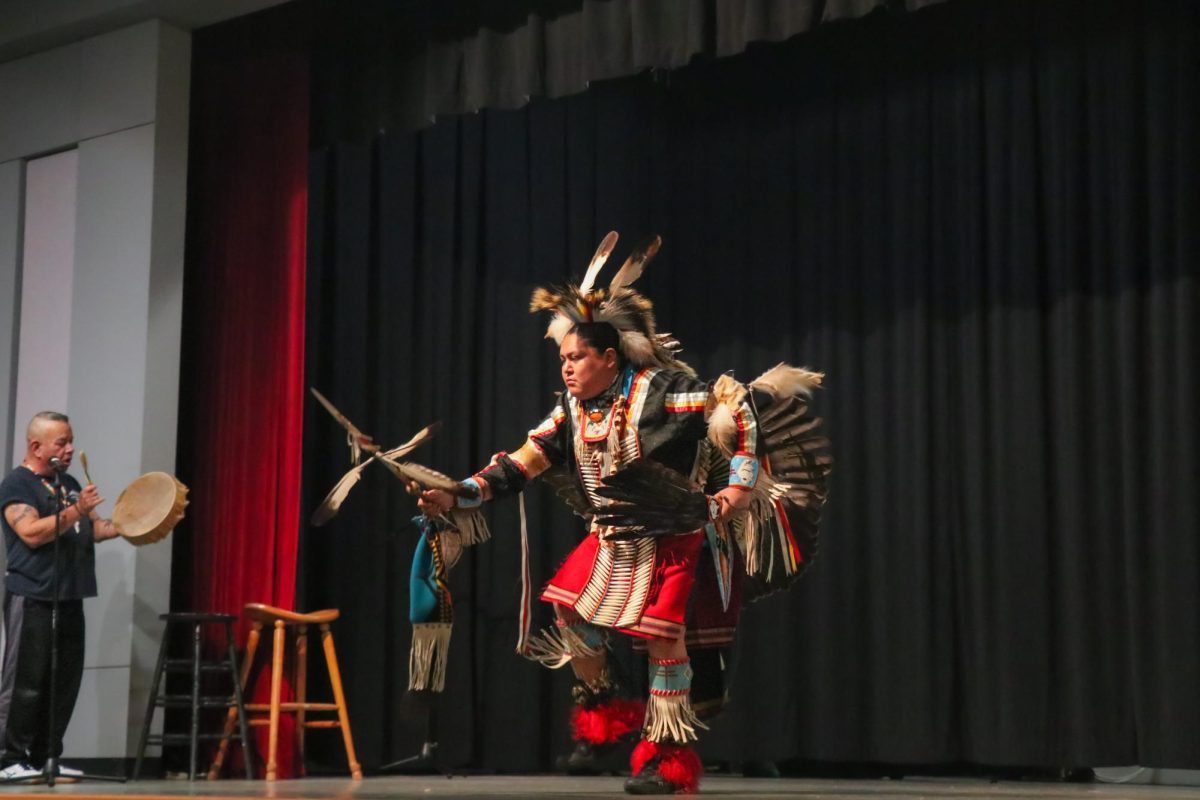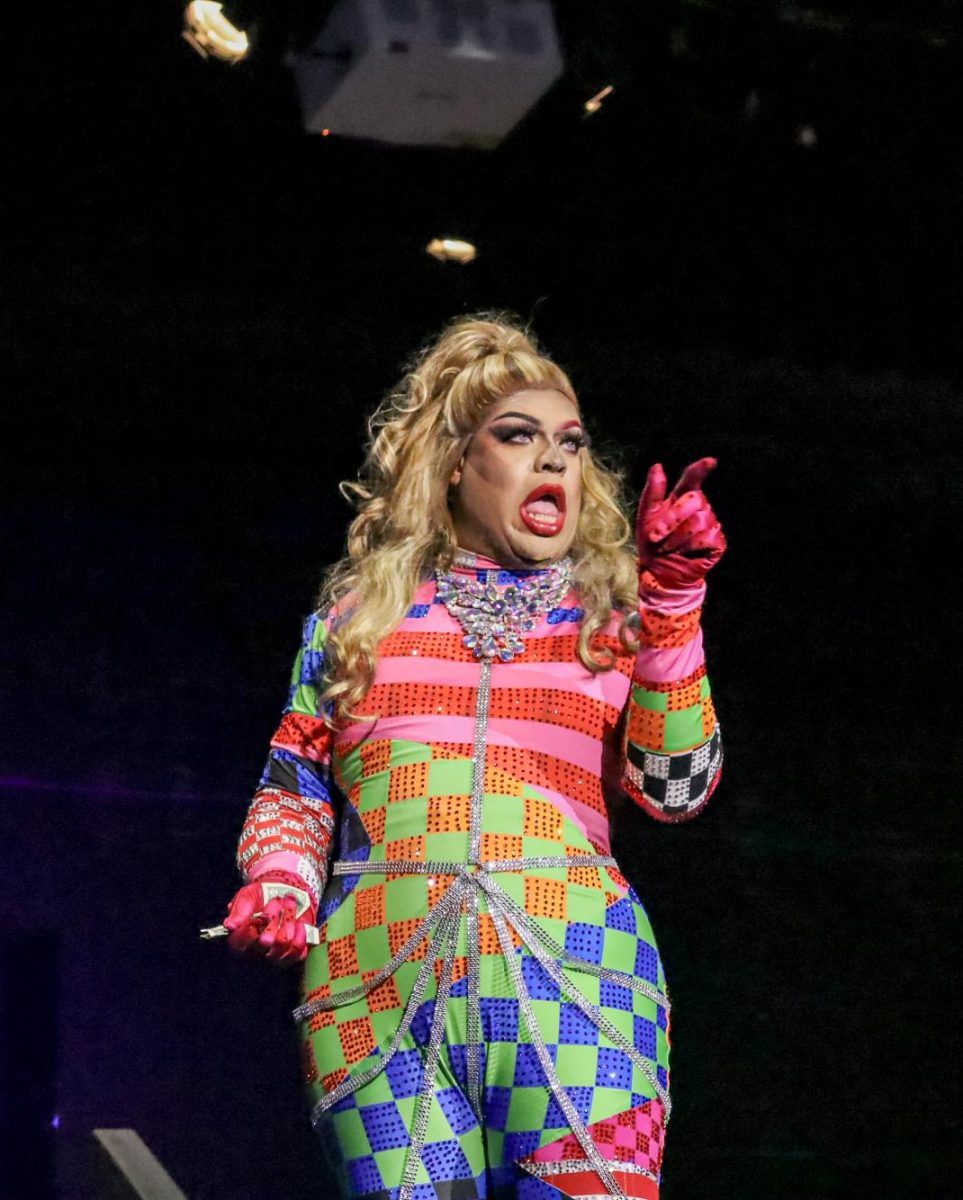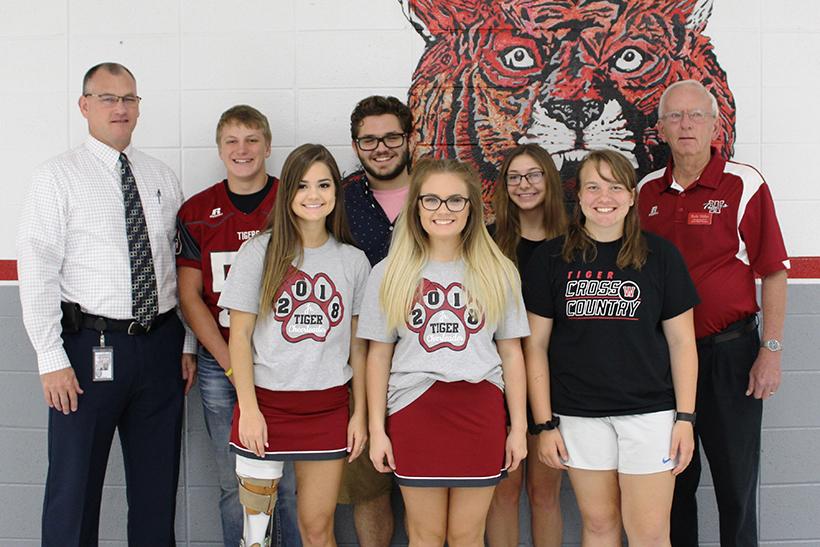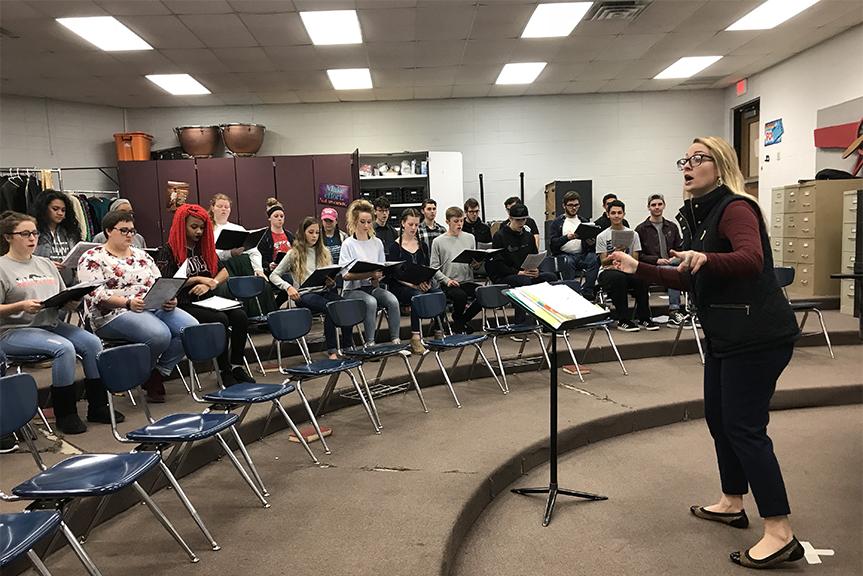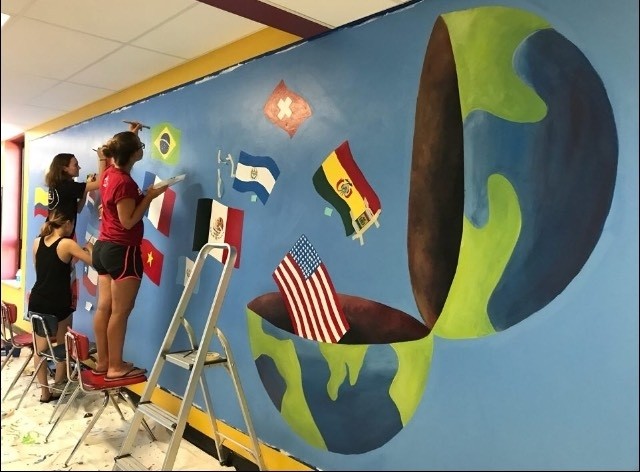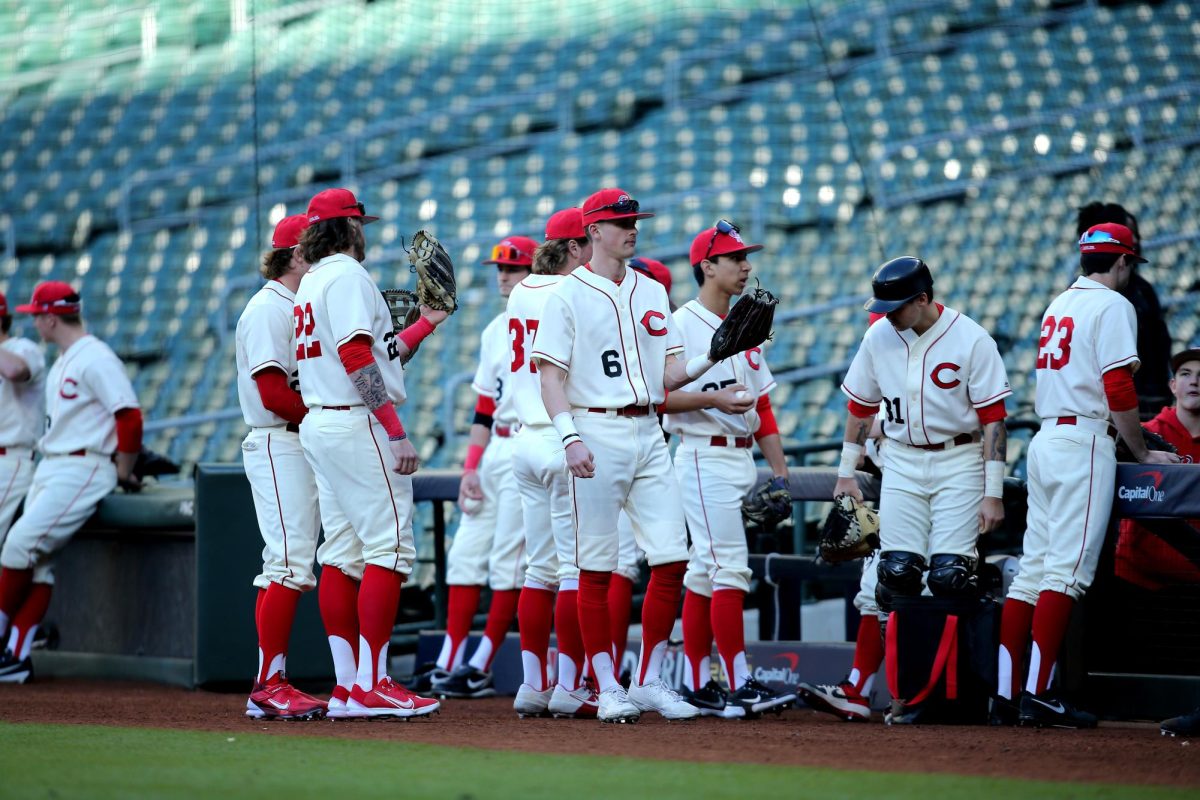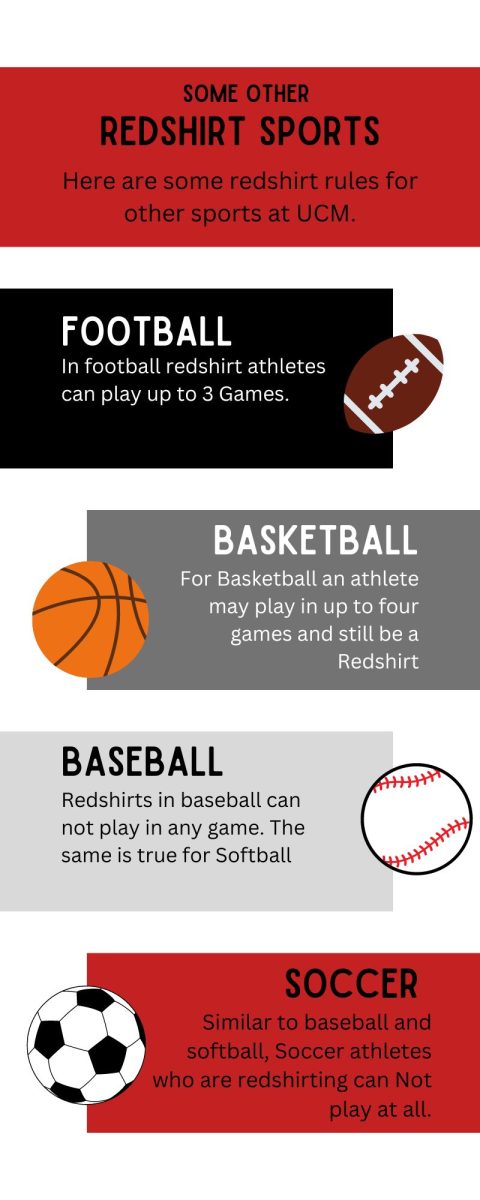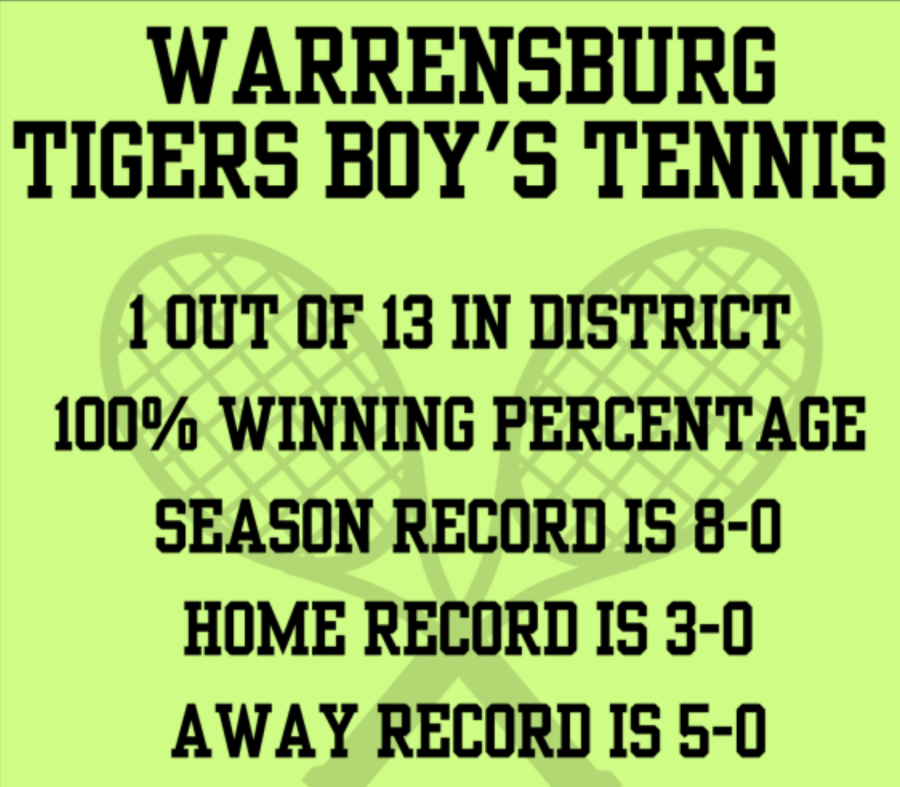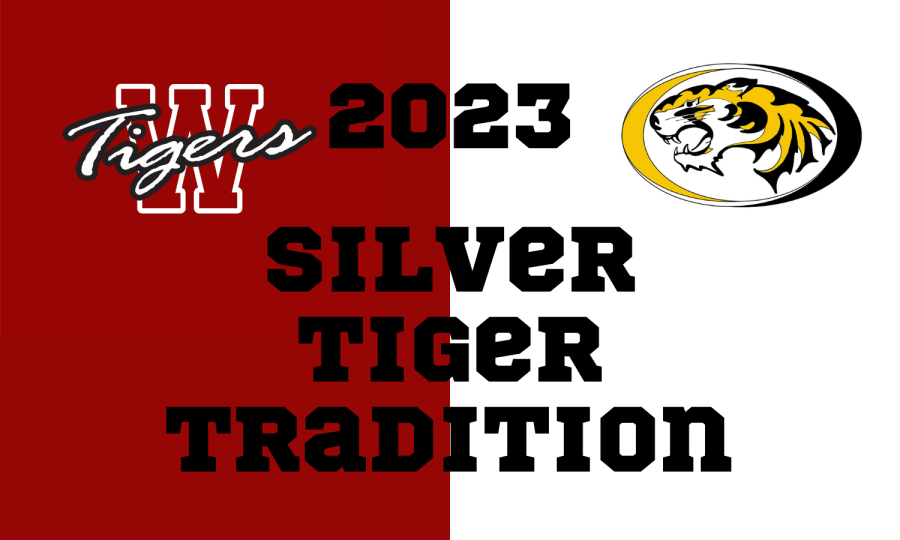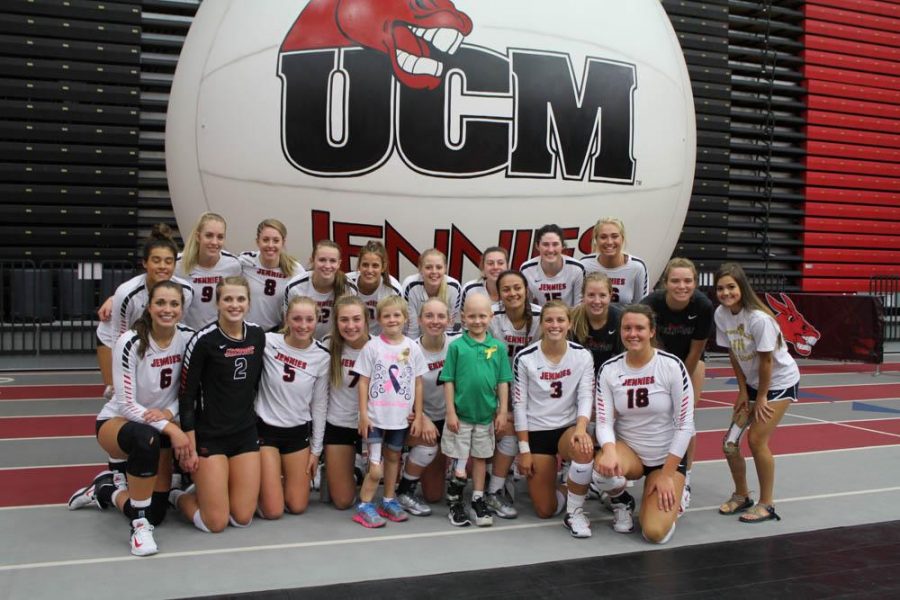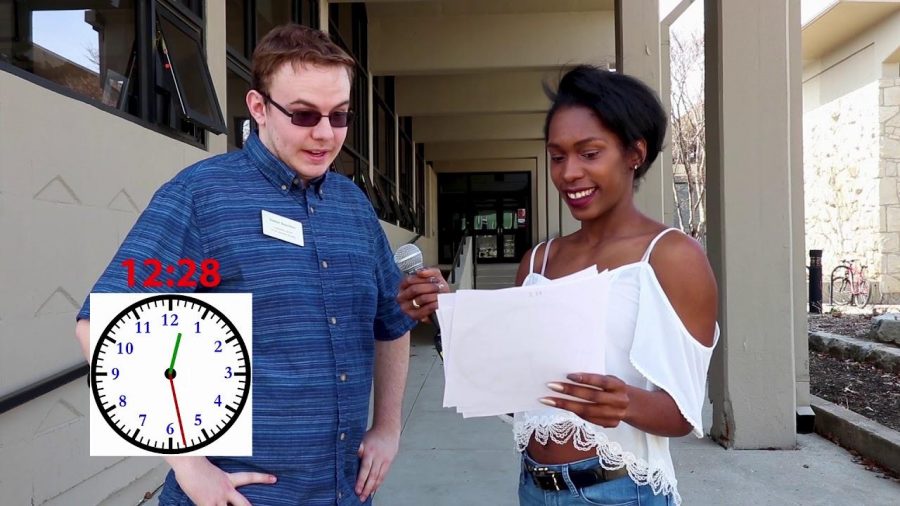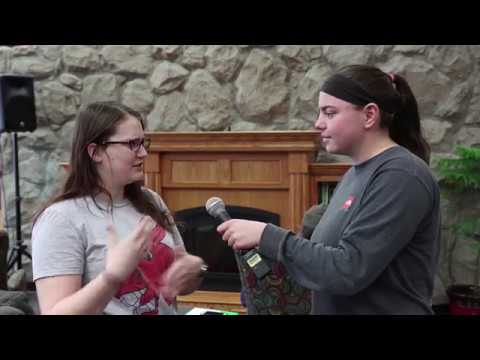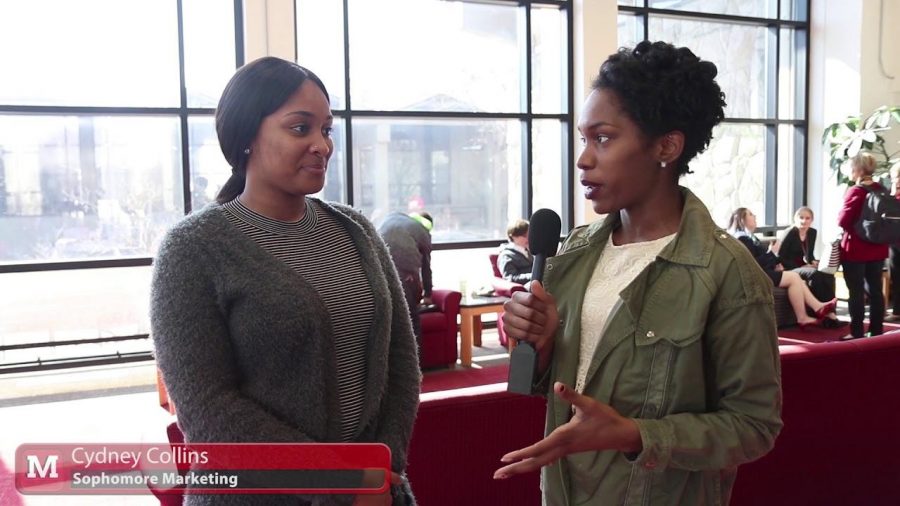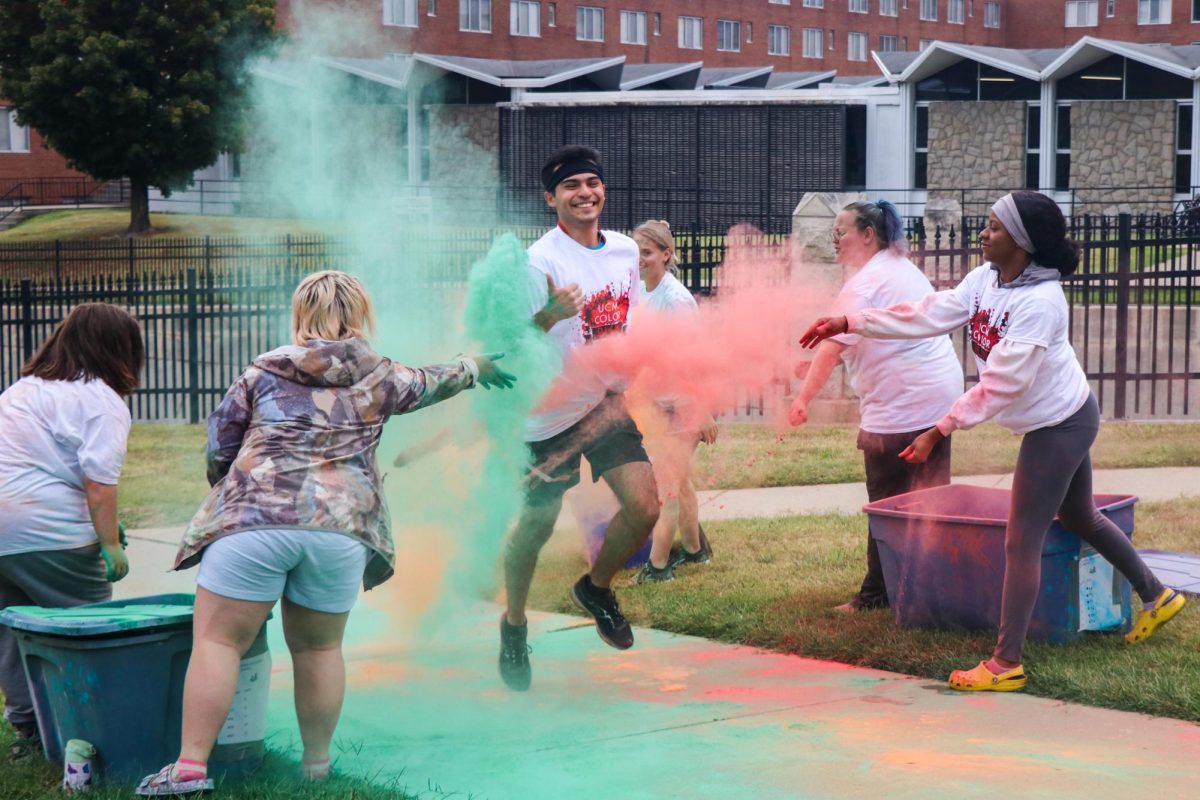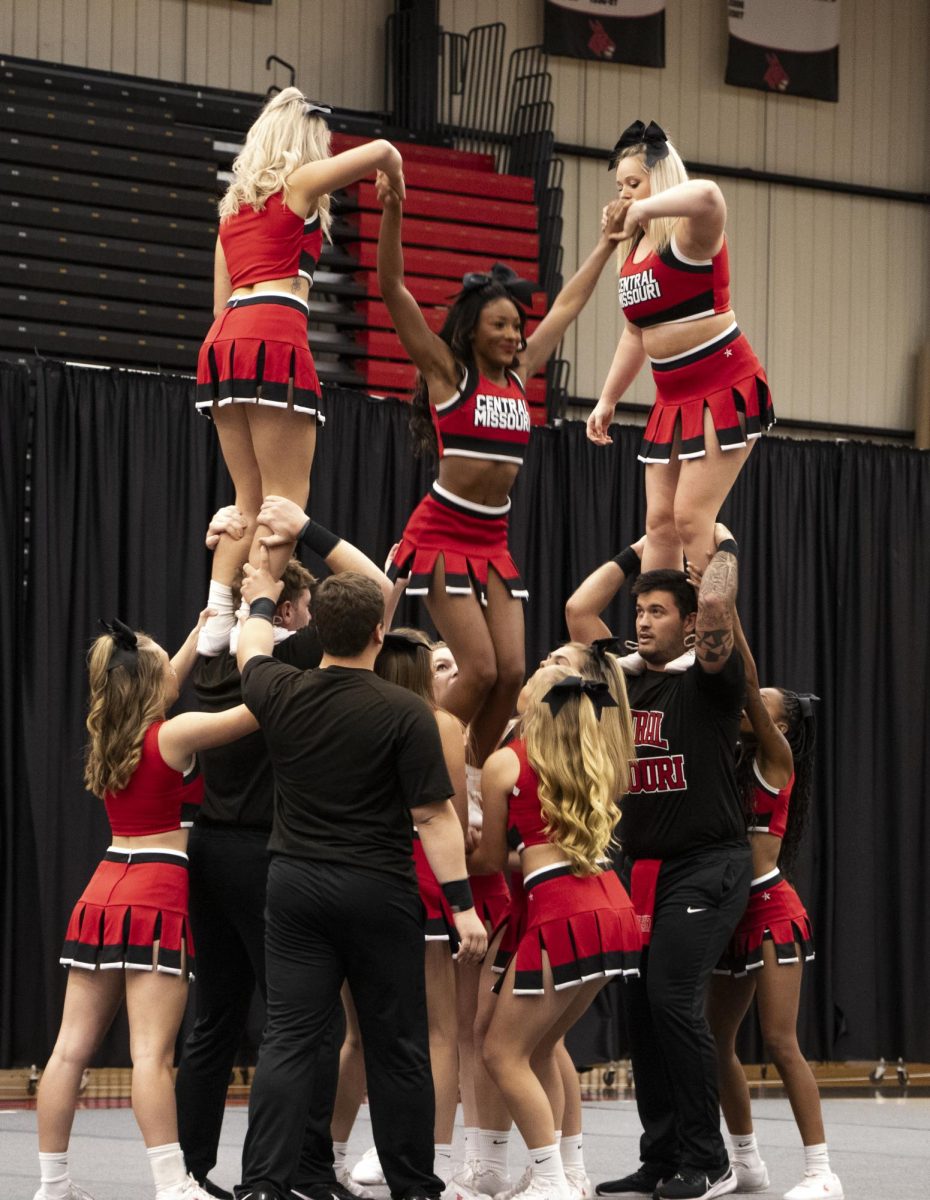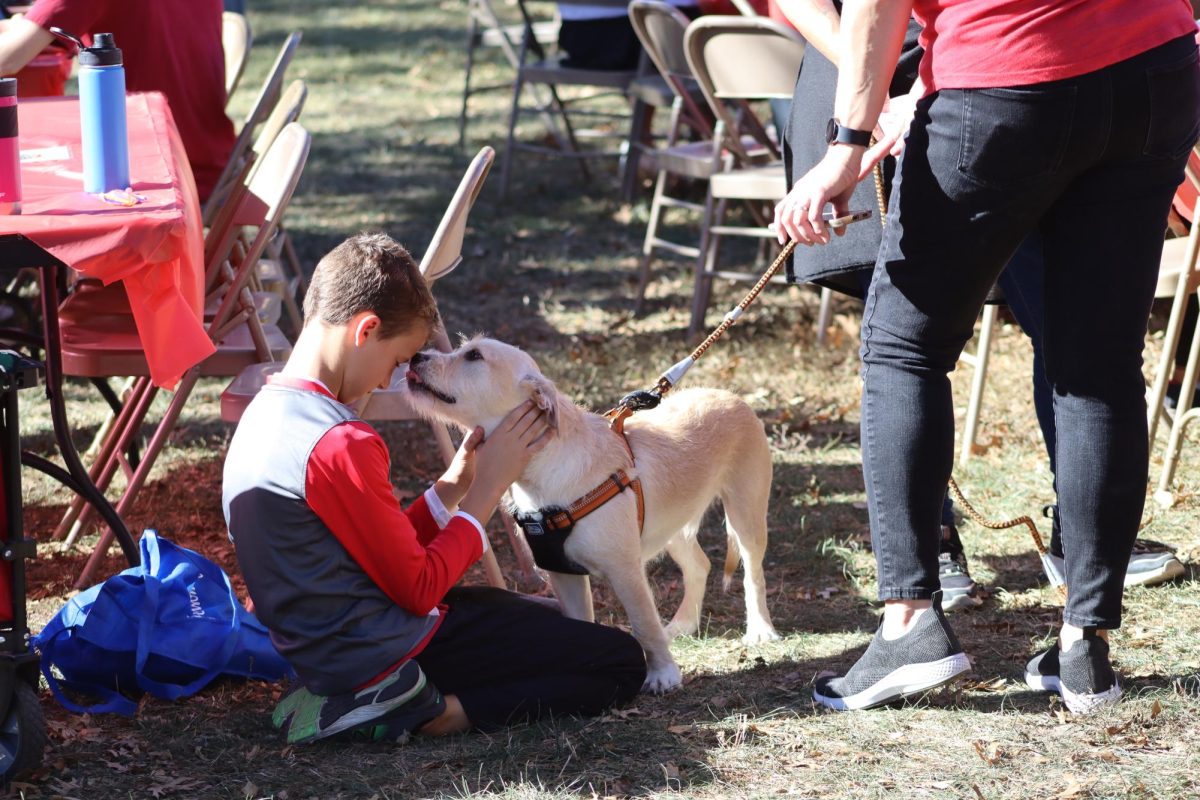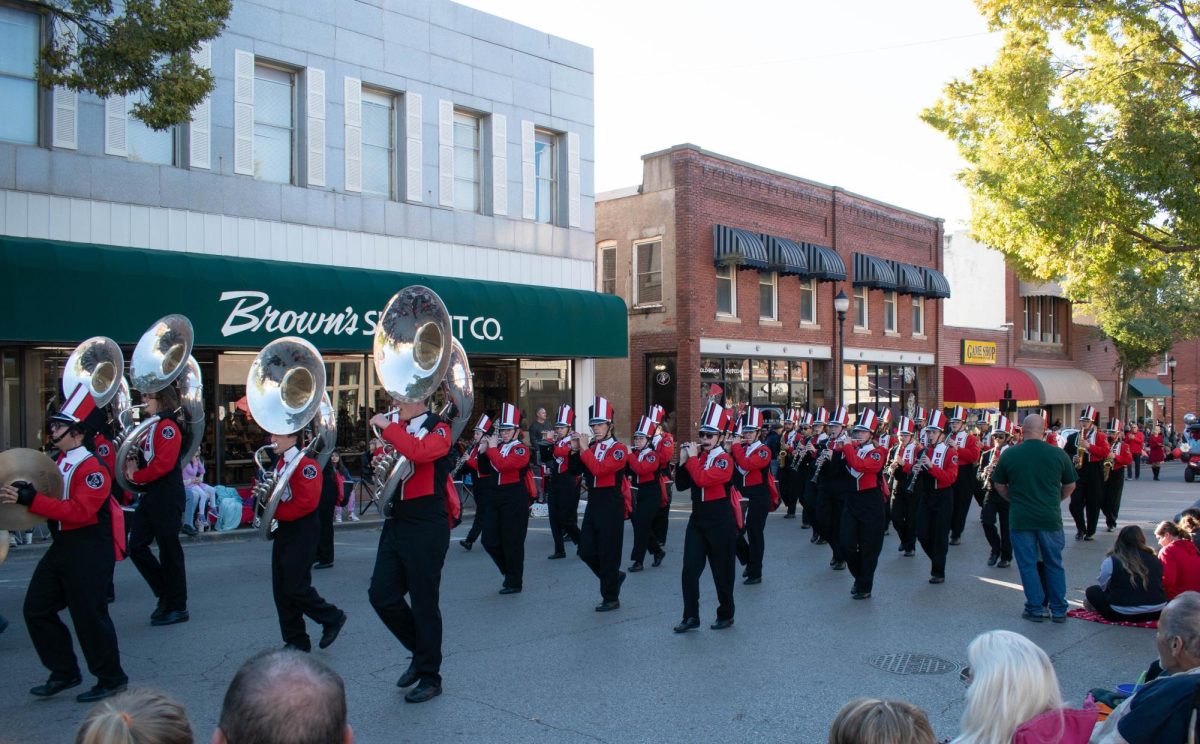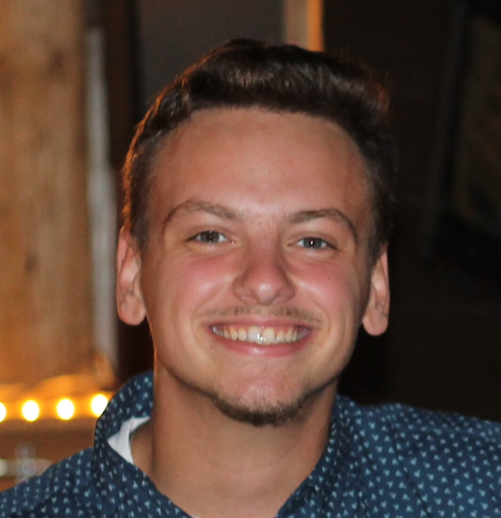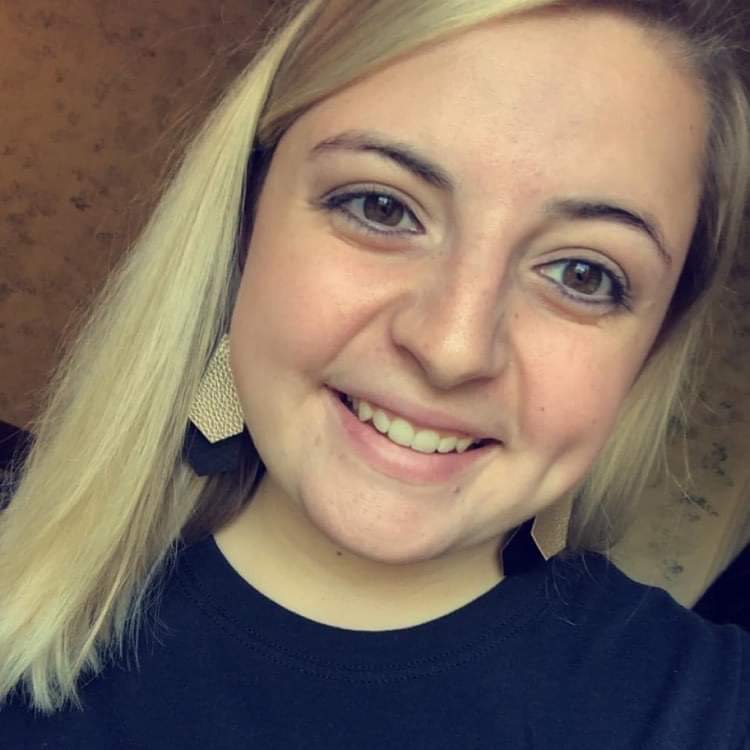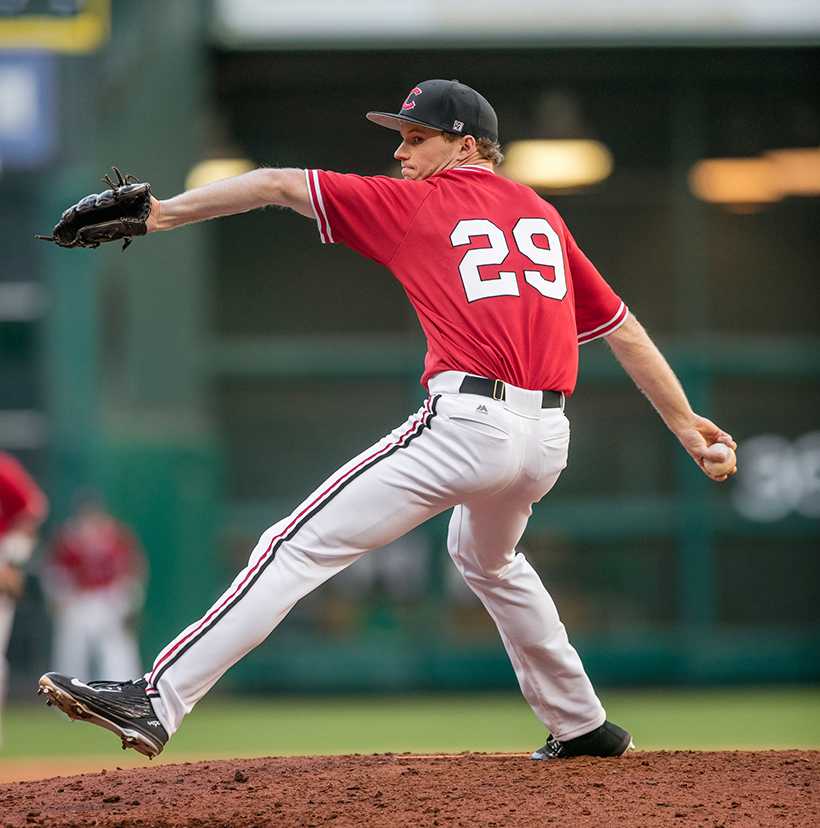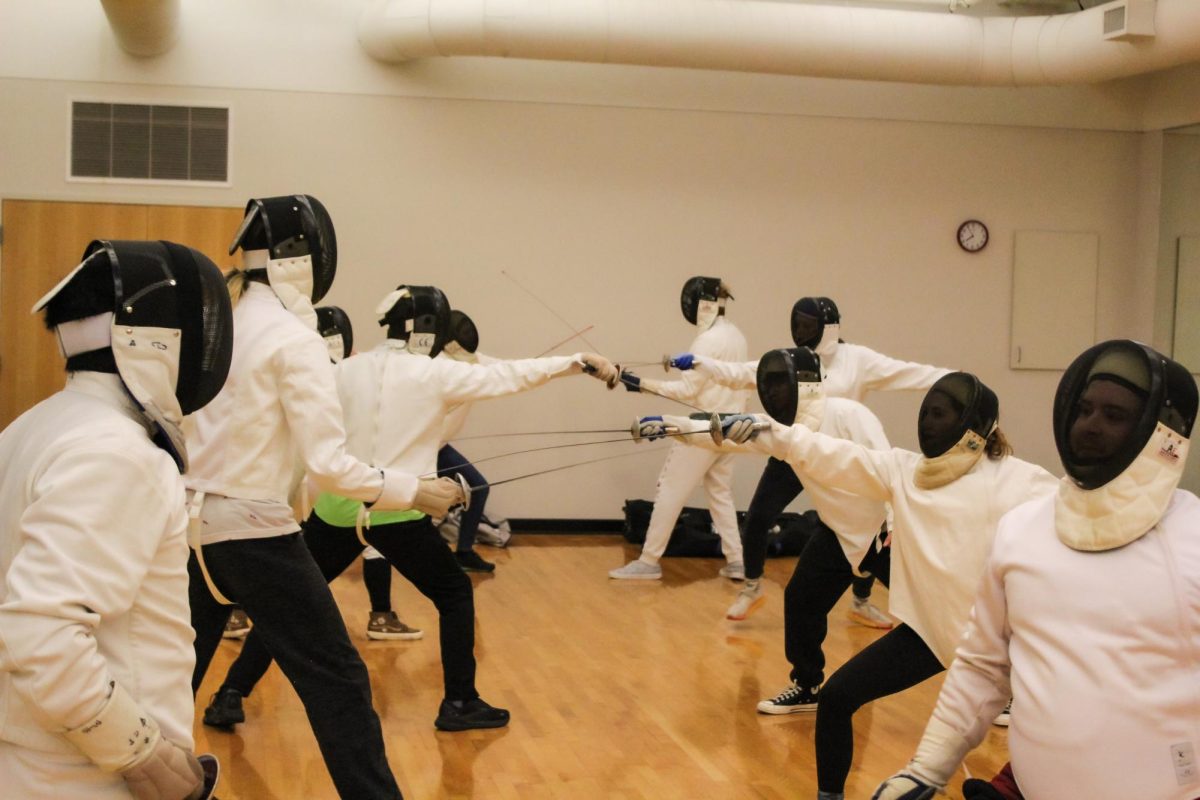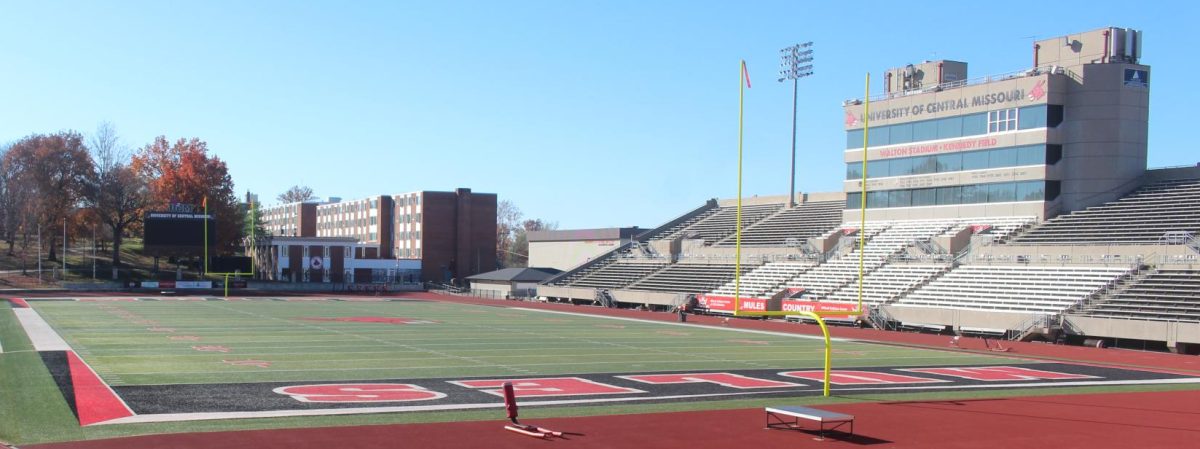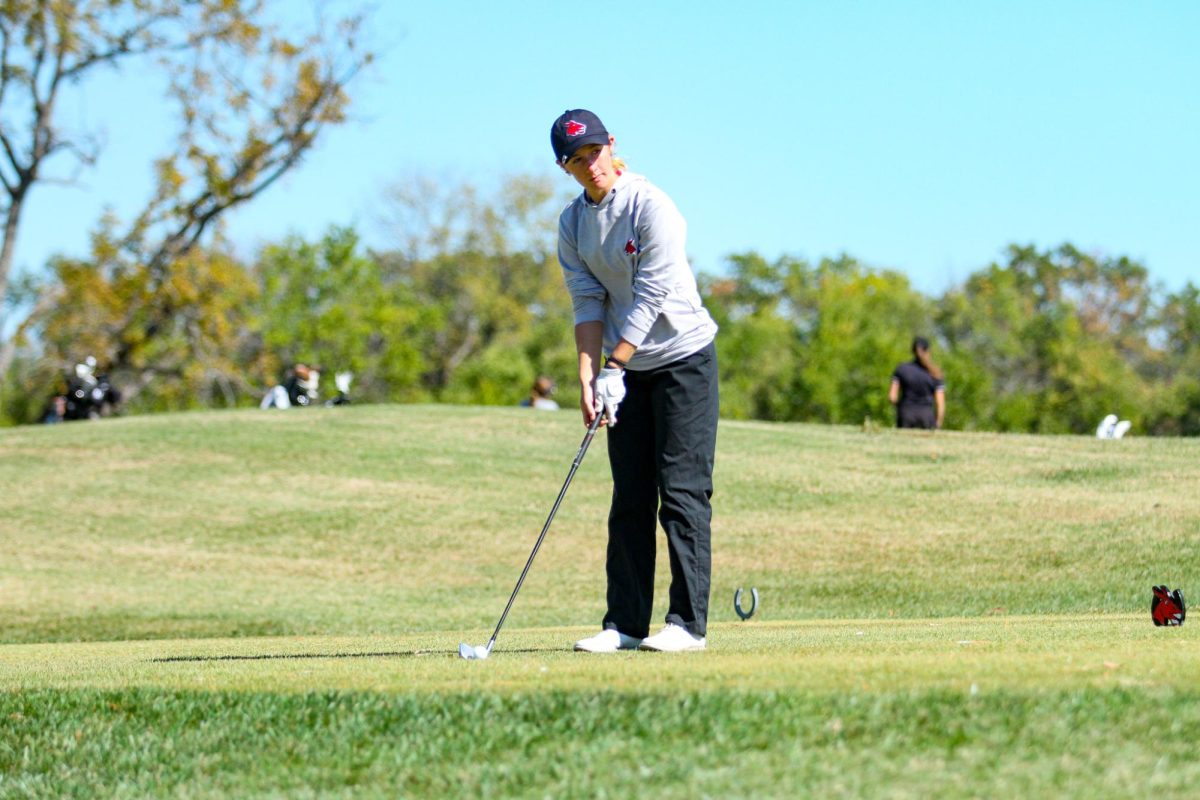Fall league play for Major League Baseball wrapped up about two weeks ago and former Mules pitcher Grant Gavin completed his second season of professional baseball with the Kansas City Royals organization. Gavin joined the Muleskinner on a phone call to discuss his professional career and what it’s like playing for a team he grew up supporting.
Jason Brown: What has it been like being in a minor league system for the Royals?
Grant Gavin: It’s definitely been different than college. You get shifted all over the country and kind of have to go wherever they put you. All you’re doing is playing baseball, so it’s not like college where you have to go to school and all that. It’s a unique experience, but I’ve really enjoyed it because pretty much all I’ve ever wanted to do was play baseball.
JB: How many teams have you played on this season?
GG: I played on two different teams during the season. I started on High-A in Wilmington, Delaware, then I moved up to AA Northwest Arkansas after about a month. Then in the fall, I played in the Arizona Fall League.
JB: What is the Arizona Fall League?
GG: Every major league team has six or seven spots, then they pick various guys in their system and send them down there. There are six teams total made of up of different teams. My team was made up of the Royals, Cardinals, Blue Jays, Pirates and the Rangers. Each team sent six or seven guys and we made one team. You just get to go out and play and work on your stuff. Pretty much it’s a time to develop and play more games. We play at the spring training complexes. We were at the Royals complex in Surprise, Arizona.
JB: What’s it like being in a clubhouse where players are constantly moved around to different teams in the organization?
GG: It’s unique because professional baseball is more individual-minded than college baseball for sure. Like, winning and losing isn’t necessarily the end-all, be-all. Everyone is kind of more focused on how they’re doing. Trying to play to their best so they can move up, it’s kind of the name of the game, you know? Along the way, obviously, you get to make new friendships and hang out with different guys every year because teams change. I’d say the guys you get to play multiple seasons with end up becoming your better friends in the minor leagues.
JB: When did you realize you were going to be able to play baseball professionally?
GG: I didn’t think it was a realistic possibility to get drafted until a month before it happened. I came on pretty late as a junior at UCM. I had a couple teams contact me and express some interest and I was like ‘Oh, that’s kind of neat.’ Down the stretch of the season, they kept talking to me so I knew there was a slight possibility.
JB: Were the Royals one of those teams talking to you?
GG: Yeah, the Royals and the Astros. I would have been OK with pretty much anyone drafting me at the time. I just wanted to get the opportunity so bad, but looking back on it I think it worked out.
JB: Did you grow up a Royals fan?
GG: Yeah, I grew up in Parkville, Missouri. It was definitely neat getting drafted by them. I’ve been a fan of the team for 20 years and then I get brought into the organization as a player. It’s pretty neat.
JB: Was it weird seeing players that you watched play in that environment?
GG: It’s funny you mention it because when I was watching the big league guys on TV, I was like, ‘Those guys must be the real deal.’ Obviously, they’re very good players but then I get here and I run into big league players all the time that I’ve heard of. Yeah, they’re good players, but you wouldn’t be worth anything in minor league baseball if you don’t think you can do what they do. I mean, it has definitely changed my perspective on those guys. It gives me a little confidence to watch them do what they do and say they’re no different than me and I can do those things too.
JB: How does your approach to pitching change when you’re facing professionals in every at bat?
GG: The higher you move up through the minor leagues, I’d say guy’s approaches change generally so you have to change with it. The biggest difference is that you play guys with a lot more raw talent and it’s hard to get away with mistakes. You really have to live on the edge of the strike zone and the strike zone is also smaller the higher you move up. My command has definitely improved greatly since I left college because it has to or you’re going to get eaten up.
JB: Are you coached differently with the Royals compared to college?
GG: It’s a lot more laid back than in college. Everything is about the team in college, so if someone messes up, everyone’s a little on edge about conditioning or whatever. In professional baseball, it’s your career, you do the work and obviously, there are people here to help do certain things. It’s a lot more on you to be self-motivated.
JB: How was the Fall League?
GG: It ended up well. I started off really well. I think my arm was a little tired because I had been playing baseball since February. I kind of wore down a little bit at the end but overall it was a great experience. I think I definitely showed why I got picked to play in the Fall League against all of these top prospects because I think I’ve more than held my own.
JB: How do you plan to spend your offseason?
GG: Training. I mean, next week is Thanksgiving so I’ll see my family and the same with Christmas, but the main thing is to get ready for next season. Going to the fall league was a great thing, but if you think about, most minor leaguers were done in September and they’ve been training since then. So, I kind of lost out on some preparation for next year in terms of strength and conditioning. I’m a little behind the eight ball so I need to hit the ground running and get after it.
JB: Do the Royals oversee your offseason training?
GG: The Royals do have a program and you can do it if you want. Every offseason I’ve used my own guys and they’ll write a program for me. I just think it’s easier because they’re watching me every day of the offseason. With the Royals, they don’t have someone here to watch me and coach me on it so I’d rather use people that can critique what I’m doing.
JB: What are your expectations for 2019?
GG: The hope is that I start in AAA, but it’s very realistic I go back to AA. From there you just have to pitch well. If you pitch well, you’re going to move up. You’re pretty close to the top in AA and AAA so from there you just have to be the best guy and hope you’re pitching well at the time a spot opens up in the big leagues. That’s the hope, to make it to Kansas City at some point, but if I just go out and pitch to the best of my ability, I’ll be happy with whatever happens.
Gavin was selected in the 29th round of the 2016 MLB Draft by the Royals. He has pitched 168 innings in his minor league career, posting a 2.25 ERA. Gavin was named the Royals Rookie Pitcher of the Year just four months after being drafted in 2016. He tossed 49.1 innings for 47 strikeouts and a 2.01 ERA in his 2016 Arizona Fall League stint to earn All-Star honors.
Follow Gavin on Twitter at @FakeGrantGavin.

